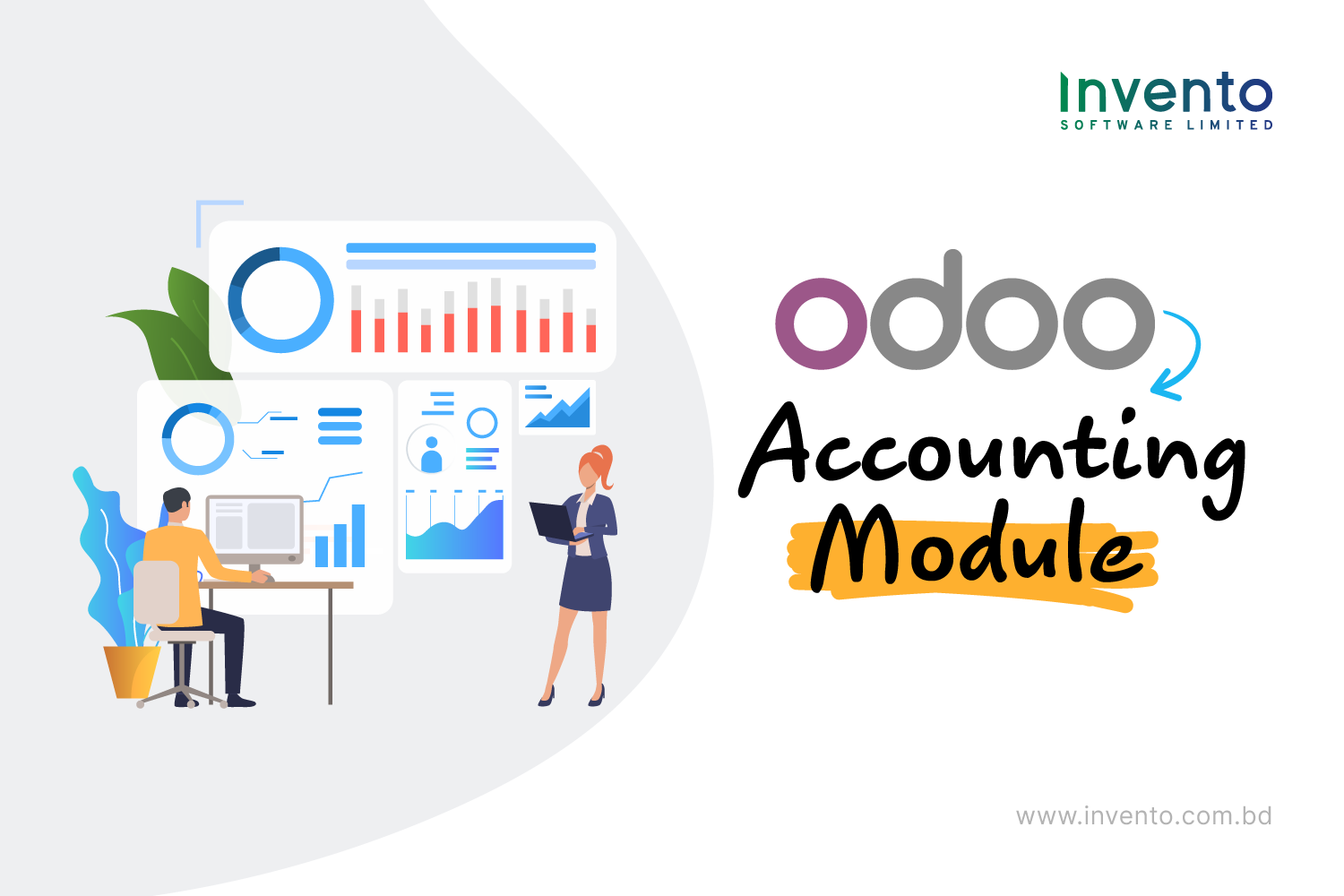In the recent software development industry, it is very important to know about Staff Augmentation and Outsourcing, more specifically, the key differences between them. Also, business organizations nowadays regularly face challenges in many ways, whether it’s a lack of technical expertise, time constraints, or the need to lessen operational expenses.
As a result, your in-house team can not handle everything at the same time. Making informed decisions at the right time is really crucial in the competitive business era. Sometimes you need to bring external experts into your internal teams temporarily so that they can help you address and fix your business issues immediately.
There are two widely adopted strategies across the globe to address these issues, involving Staff Augmentation and Outsourcing. In this article, we will explore Staff Augmentation & Outsourcing, including their definitions, key differences, advantages and disadvantages, and also what method is the best for you.
What is Staff Augmentation?
Staff Augmentation is an outsourcing strategy where companies recruit external experts (third party), typically through a vendor, to fill temporary skill gaps in their internal teams. These professionals work directly with in-house teams to help businesses grow, depending on project requirements.
How It Works:
- Define the skill or talent gap.
- Build a partnership with an agency to recruit professional experts.
- Involve the hired experts into your existing team for program execution.
Main Benefits:
- Flexibility: Scale your team size based on real-time needs.
- Cost Efficiency: Skip full-time employment expenses (e.g.,) benefits and onboarding.
- Access to Key Skills: Deliver advanced knowledge quickly.
- Rapid Hiring: Reduce the time that it takes to bring resources onward.
What is Outsourcing?
Outsourcing, often called Managed Services, includes entrusting an outside provider (Managed Service Provider or MSP) with the full duty for operating specific programs or business functions. The MSP independently monitors the tasks, people, and results, focusing on agreed service-level agreements (SLAs).
How It Works:
- Identify the scopes, deliverables, and KPIs.
- The MSP manages the operations and delivers outputs.
- Review and ensure regular reports of performance alignment.
Main Benefits:
- Predictable Expense: Fixed monthly costs develop financial planning.
- Active Monitoring: Reduces issues by consistent management.
- Access to Technology: Involve the MSP’s latest tools and techniques.
- Focus on Main Business: Let your in-house teams be focused on the core business.
Comparing Staff Augmentation & Outsourcing
Both strategies have their pros and cons. Before we delve into the advantages and disadvantages of staff augmentation vs software outsourcing, we must fully understand the key differences between the two methods. So, here is the simplified chart for you, showing the core distinctions of Staff Augmentation vs Outsourcing.
Staff Augmentation vs. Outsourcing : Key Differences at a Glance
| Factor | Staff Augmentation | Outsourcing |
| Control | High – Client manages day-to-day work | Low – Provider controls service delivery |
| Flexibility | High – Easy to scale up/down | Medium – Contract adjustments may be needed |
| Cost Model | Variable – Pay per resource/hour | Fixed – Predictable monthly fee |
| Expertise Access | Specific skills based on project needs | Broad expertise across functions |
| Integration | Fully integrated into internal teams | Operates independently from internal team |
| Responsibility | Client responsible for output | MSP responsible for delivery |
| Duration | Short-to-mid-term | Long-term engagement |
| Best For | Specific, temporary skill needs | Continuous operations and full-service management |
Advantages of Staff Augmentation
- Fast Scalability: Ramp up your team rapidly when deadlines are very tight.
- Cost Reduction: Avoid extra expenses bound to recruitment and long-term employment.
- Access to Required Skills: Use professional expertise only when needed.
- Flexibility: Make project changes without long-term contracts or commitments.
- Knowledge Transfer: In-house teams can learn several entities from external professional experts.
Disadvantages of Staff Augmentation
- Increase in Work Pressure: Does not take full control of your teams. The in-house teams have to work more.
- Differences in Time Zones: Working with global teams faces difficulties with different time zones.
- Language & Cultural Barriers: Sometimes, different languages and cultures may hinder your smooth business communication when working with international people.
Advantages of Outsourcing
- Proactive Maintenance: Ongoing monitoring improves the system over time.
- Latest Tools and Practices: MSPs provide you advanced technologies without any additional cost.
- Focus on Strategic Priorities: The outsourcing team makes the internal teams free from routine work.
- Scalability: Services can be customized to meet your business needs.
Predictable Expenses: Though the third party takes all the responsibilities of a project, you can predict the total expense of that project.
Disadvantages of Outsourcing
- Lack of Control: Since the third party takes all responsibilities over it, you need to give up control.
- More Expensive: As the third party or vendor does all the work, it requires you to pay more.
- Difficult to Integrate: You have to give your project to an entire external team of experts. This can make the moving parts of your project difficult, sometimes.
Staff Augmentation vs. Outsourcing Budget Comparison
In the following chart, we have presented a real-time informative budget comparison between Staff Augmentation and Outsourcing so that you can easily make an informed decision according to your business needs.
| Budget Element | Staff Augmentation | Managed Services |
| Primary Investment | Low – Only pay for resources | Moderate to High – Includes setup costs |
| Ongoing Costs | Variable – Based on usage | Fixed – Monthly or annual fees |
| Infrastructure Costs | Borne by the client | Included in provider’s services |
| Training Costs | Client manages onboarding | MSP trains and manages staff |
| Long-Term Savings | Better for short-term needs | More savings over long-term operations |
Types of Staff Augmentation
Project-Based
Sometimes, you may need to hire professional experts for your existing team for a particular project, or task. That’s the time when you’ll have to use project-based staff augmentation. Here, you only recruit temporary experts for your specific project to be done. This is usually short-term, and much goal-driven.
Skill-Based
Both Staff augmentation and Outsourcing are ways to make up for certain skills that have lackings in your internal teams. Sometimes, your overall team needs a specific skill for a particular project. This is very much common in the IT world. Then you would go for skill-based staff augmentation. Instead of aiming to complete an objective, you look for professionals with the needed skills that your existing teams lack.
Time-Based
Typically, companies prefer augmented teams for a certain period. This can be to fill in temporary skill gaps; probably some of your team members are on leave, or your company is growing at present, and a few roles are not filled yet. In those cases, you’ll need temporary working experts.
Hybrid
When you combine two or sometimes more of the aforementioned approaches to staff augmentation, you’ll be needing hybrid staff augmentation at that time.
Onshore
In this type of strategy, you recruit professional experts from the same country where you work with on your project. This prevents many of the issues related to different time zones and cultural barriers.
Nearshore
In this particular augmentation model, you aim to hire professionals from a nearby country, within your own region.
Offshore
This is the most international form of staff augmentation methods. In offshore staff augmentation you can hire people from whichever country you wish. However, this approach sometimes may create the issues of time differences and cultural and language barriers.
Dedicated Team
In this type of team augmentation approach, you recruit a dedicated IT team for a long period and they work in conjunction with your internal teams.
Types of Outsourcing
Offshore Outsourcing
Though there are many differences in staff augmentation vs outsourcing, the basic ideas are the same. Well, in this approach, you outsource your project to an entirely different country.
Onshore Outsourcing
If you are thinking of going ahead for onshore outsourcing, this means you need to give your project to a company that resides in the same country or region as you.
Nearshore Outsourcing
In the nearshore outsourcing method, the company you want to outsource your project is likely close to you in proximity, but not within your geographical borders.
Multi-Source Outsourcing
When you desire to outsource your projects to multiple IT vendors or third parties at the same time, you have to opt for the multi-source outsourcing method.
When Should You Opt for Staff Augmentation?
- If you require quick access to specific expertise.
- If your project durations are temporary or short-term.
- When you prefer handling project control by your in-house teams.
- When you prioritize flexibility over predictability.
- If your internal resources lack certain needed skills.
When Outsourcing is Right for You?
- When you want end-to-end service responsibility offloaded.
- If you prioritize operational efficiency and reliability.
- When you need a broad range of specialized technical skills.
- If the in-house team is overwhelmed or requires to focus on innovation.
- When you’re seeking long-term partnerships.
Final Discussion
Making a final decision between choosing staff augmentation and outsourcing generally depends on your business goals, internal capacity, project scopes, and long-term visions. Staff augmentation is right for temporary, skill-specific requirements. However, Outsourcing approaches are ideal for full-scale operations and long-term efficiency. In a word, you should evaluate carefully before selecting the right model that aligns perfectly with your business’s strategic roadmap.
Frequently Asked Questions (FAQ)
Q1: If I want to use both staff augmentation and outsourcing together?
Yes, you can incorporate both of the methods, as some organizations adopt a staff augmentation model for project-based development and an outsourcing approach for infrastructure management for better outcomes.
Q2: Is outsourcing more cost-effective in the long run?
Yes, it can be, because initial costs may seem to be higher, while predictable pricing and prevented downtime contribute to long-term savings.
Q3: How fast can I onboard staff through augmentation?
Honestly speaking, it’s faster than traditional hiring. Some roles can be filled in a few days, depending on the capabilities.
![Staff Augmentation vs. Outsourcing: [Comparisons, Pros & Cons in 2025]](https://invento.com.bd/wp-content/uploads/2025/06/Staff-Augmentation-vs.-Outsourcing-Comparisons-Pros-Cons-in-2025.png)






